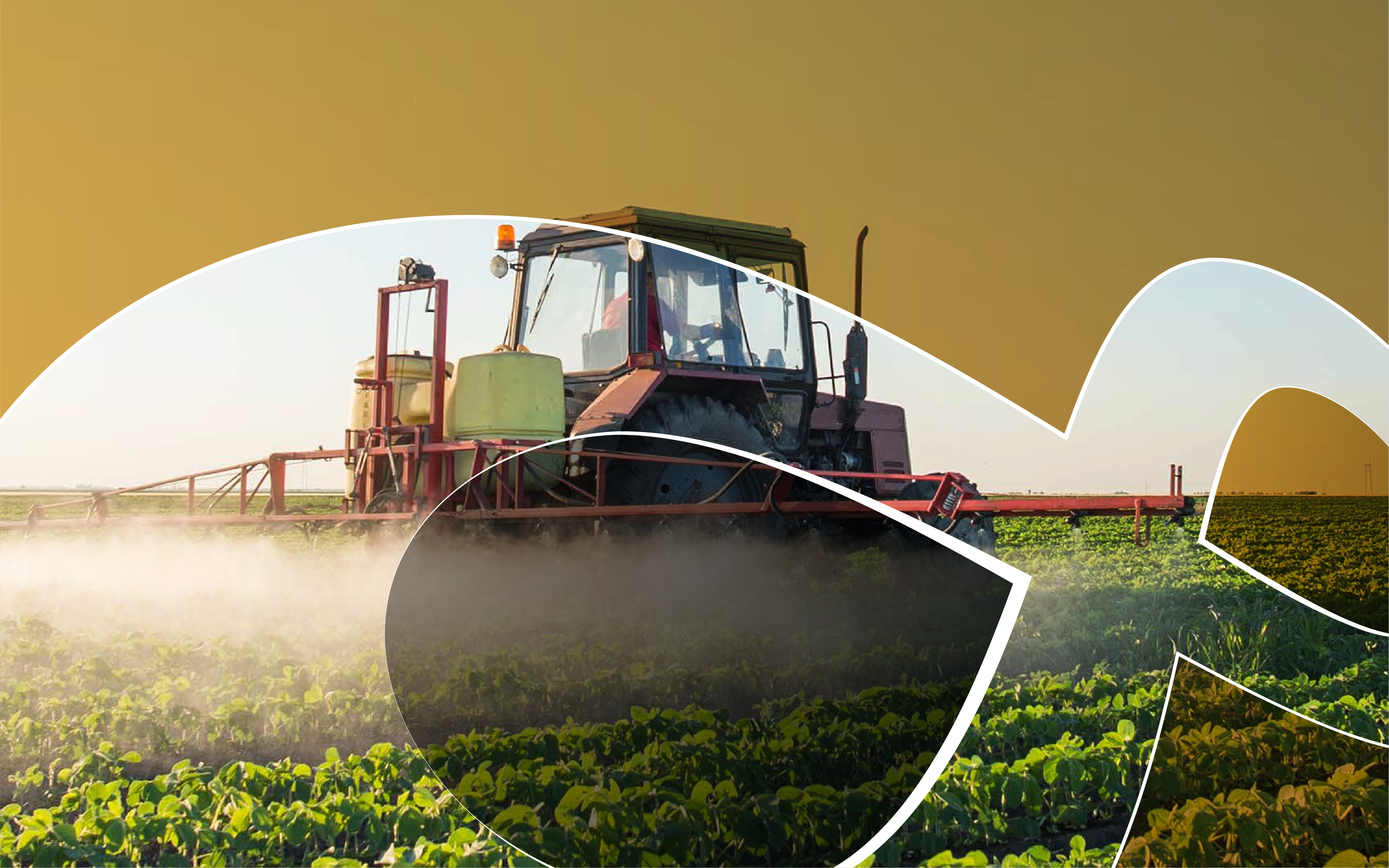BLOOH Solution introduces hydrogen as a clean fuel for agriculture—cutting emissions from heavy farm equipment and enabling reliable field power. The portfolio spans fuel-cell tractors and harvesters, hybrid platforms, hydrogen-powered generators, and on-site PEM electrolysis for local hydrogen production and mobile refueling.
Why Hydrogen for Farming
- • Zero tailpipe emissions (water vapor) from fuel-cell machinery
- • Mobile refueling and on-site generation reduce diesel logistics
- • Modular portfolio: tractors, harvesters, irrigation, and generators
Tractors
HPT-3000 — Hydrogen-Powered Tractor
- • Fuel cell: PEMFC
- • Power output: 55 kW (73.8 hp)
- • Operating pressure: 350 bar (5,076 psi)
- • Max speed: 30 km/h (18.6 mph)
- • H2 consumption: 1.5 kg/h
- • Emissions: zero
HT-2000 — Hybrid Tractor
- • Engine: Electric motor + PEMFC
- • Battery: Lithium-ion
- • Power output: 30 kW (40.2 hp)
- • Max speed: 25 km/h (15.5 mph)
- • H2 consumption: 0.9 kg/h
- • Emissions: zero
Generators
HPG-5000 — Hydrogen-Powered Generator
- • Fuel cell: PEMFC
- • Power output: 5 kW
- • Operating pressure: 350 bar (5,076 psi)
- • H2 consumption: 1.95 kg/h
- • Emissions: zero
HG-100 — Hydrogen Generator (On-Site PEM Electrolyzer)
- • Electrolysis: PEM
- • Power consumption: 1.2 kW
- • Max H2 production: 0.1 kg/h
- • Max operating pressure: 30 bar (435 psi)
- • Max purity: 99.99 %
- • Water consumption: 0.5 L/h
Farm Machines
HPC-3000 — Hydrogen-Powered Combine Harvester
- • Fuel cell: HJ-780KT
- • Power output: 55 kW (73.8 hp)
- • Operating pressure: 350 bar (5,076 psi)
- • Cutting width: 3,000 mm (118 in)
- • Grain tank: 3,000 L (793 gal)
- • H2 consumption: 1.5 kg/h
- • Emissions: zero
HPI-500 — Hydrogen-Powered Irrigation System
- • Fuel cell: HJ-50K
- • Power output: 5 kW
- • Operating pressure: 350 bar (5,076 psi)
- • Water flow: 500 L/h (132 gal/h)
- • Water pressure: 3.5 bar (51 psi)
- • H2 consumption: 0.6 kg/h
- • Emissions: zero
BLOOH Solution’s hydrogen machinery lineup helps farms cut diesel dependence and emissions while gaining reliable power and flexible refueling—supporting a pragmatic transition to low-carbon agriculture.
